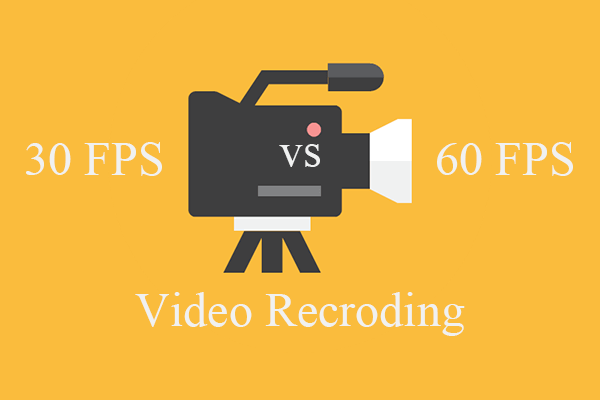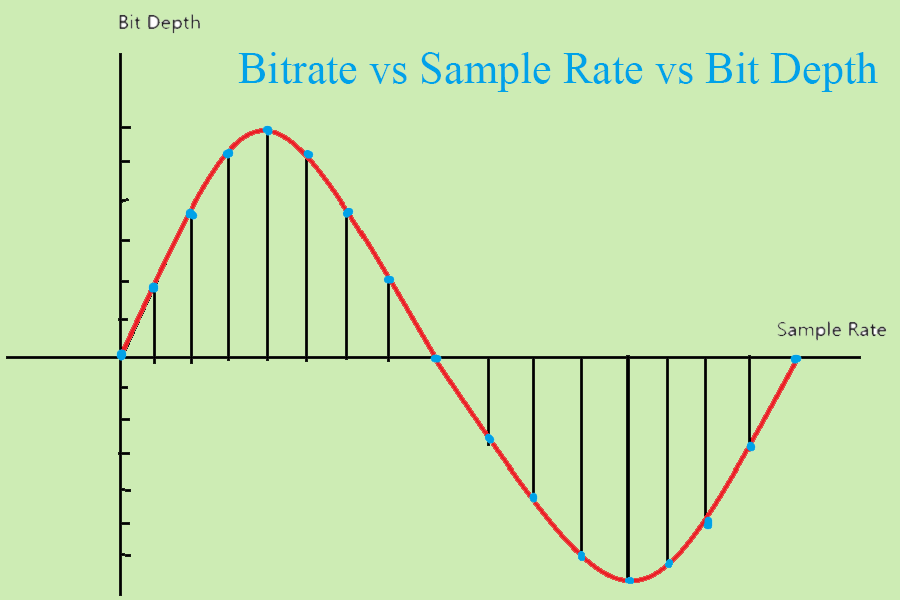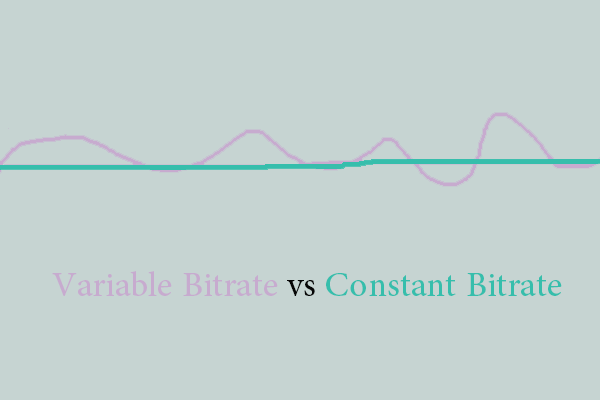In this article provided by the best free video converter – MiniTool Video Converter, we will explore the difference between XAVC S HD and AVCHD, compare their specifications, and delve into scenarios where one might be preferable over the other.
In the world of digital video recording, choosing the right format can be a perplexing task. Sony, a pioneer in the field of imaging technology, offers a range of video formats for its cameras, each with its own set of features and benefits. Two popular formats, XAVC S HD and AVCHD, often find themselves in the spotlight.
XAVC S HD vs AVCHD: Definition
XAVC S HD and AVCHD are both video recording formats developed by Sony. They share similarities but also exhibit key differences in terms of compression, quality, and compatibility.
XAVC S HD
XAVC S HD is an advanced video recording format introduced by Sony to provide high-quality footage with efficient compression. It utilizes the H.264/MPEG-4 AVC codec, which allows for better image quality and reduced file sizes compared to some older formats. XAVC S HD is capable of recording Full HD (1080p) videos at high bitrates, resulting in crisp and detailed footage.
AVCHD
AVCHD, which stands for Advanced Video Coding High Definition, is another format developed by Sony in collaboration with Panasonic. It uses the H.264 codec for video compression and is renowned for its efficient storage of high-definition content. AVCHD is widely used in consumer-level camcorders and digital cameras, delivering good video quality with manageable file sizes.
AVCHD vs XAVC S HD
Let’s break down the key differences between XAVC S HD and AVCHD to help you make an informed decision:
# XAVC S vs AVCHD: Compression and Bitrate
XAVC S HD generally offers higher bitrates and more efficient compression, resulting in superior video quality compared to AVCHD.
AVCHD, while efficient, may have slightly larger file sizes due to its compression characteristics.
# XAVC vs AVCHD: Quality and Resolution
XAVC S HD supports higher resolutions and frame rates, making it suitable for professional videography and high-speed recording.
AVCHD is suitable for general-purpose use, providing good quality at standard frame rates.
# AVCHD vs XAVC S HD: Compatibility
XAVC S HD may have limited compatibility with some older devices and video editing software.
AVCHD is widely supported across various platforms and editing programs.
# XAVC-S vs AVCHD: Recording Time
XAVC S HD may have shorter recording times per storage unit due to higher bitrates.
AVCHD provides longer recording times at the expense of slightly lower bitrates.
XAVC S HD vs AVCHD: Which One to Choose
The choice between AVCHD and XAVC S HD depends on your specific requirements. If you prioritize the highest video quality and have the necessary hardware and software support, XAVC S HD may be the ideal choice. On the other hand, if compatibility, longer recording times, and good quality are more crucial for your workflow, AVCHD could be the better option.
XAVC HD vs AVCHD: Additional Considerations
XAVC vs AVCHD vs MP4
MP4 is a widely used video format known for its high compatibility and efficient compression. Each format has its strengths, with MP4 excelling in accessibility and widespread support.
Sony A6000 XAVC S vs AVCHD
The Sony A6000 camera supports both XAVC S and AVCHD formats. Users can choose based on their preferences and the specific requirements of their projects.
XAVC S Codec vs AVCHD
While both formats use the H.264 codec, XAVC S generally employs a more advanced version, allowing for better compression and higher quality.
Conclusion
In the ever-evolving landscape of video recording, understanding the distinctions between XAVC S HD and AVCHD is crucial for making informed decisions. The primary differences lie in compression efficiency, bitrate, and compatibility. XAVC S HD offers superior quality with higher bitrates but may have limitations in compatibility compared to the widely supported AVCHD.
Whether you prioritize top-tier video quality or broader compatibility, Sony’s range of formats ensures there’s a suitable choice for every videographer. Ultimately, the best format depends on your specific needs, equipment, and the intended use of your footage.





User Comments :